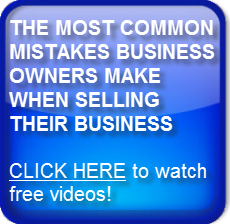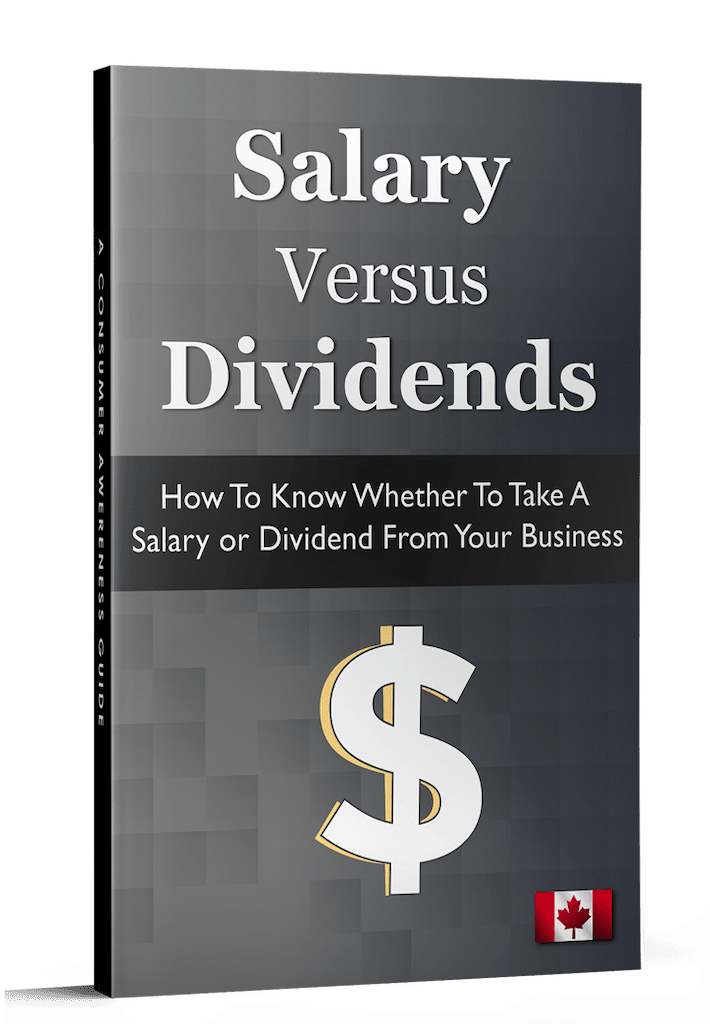Republished with permission from Built to Sell Inc.
If you decide to sell your business to an outside acquirer, you’re going to have to decide between a financial and a strategic buyer—understanding the different motivations of these two buyers can be the key to getting a good price for your business.
A financial buyer is acquiring your future profit stream, so they will evaluate your business based on how much profit it is likely to make and how reliable that profit stream is likely to be. The more profit you can convince them your company will produce, the more they will pay for your business.
But there is a limit to how much they will pay, because financial buyers are playing the buy-low, sell-high game. They do not have a strategic rationale for buying your business. They don’t have an army of sales reps to sell your product or a network of retailers where your product could be merchandised. They are simply trying to get a return on their investors’ money, so they tend to buy small and mid-sized businesses using a combination of this investment layered on top of a pile of debt, and they want to buy your business as cheaply as possible with the hope of flipping it five or ten years down the road.
Because financial buyers are usually investors and not operators, they want you and your team to stick around, so they rarely buy all of a business. Instead, they buy a chunk and ask you to hold on to a tranche of equity to keep you committed.
A strategic buyer is a different cat—usually a larger company in your industry, they are evaluating your business based on what it is worth in their hands. They will try and estimate how much of their product or service they can sell if they added you into the mix. Because of their size, this can often lead to buyers who are willing and able to pay much more for your business.
Tom Franceski and his two partners had built DocStar up to 45 employees when they decided to shop the business to some Private Equity (PE) investors. The PE guys offered four to six times Earnings Before Interest Taxes Depreciation and Amortization (EBITDA), which Franceski deemed low for a fast-growing software company.
Franceski was then approached by a strategic acquirer called Epicor, which is a global software business with a lot of customers who could use what DocStar had built. Epicor offered DocStar around two times revenue—a much fatter multiple than the PE firms were offering.
For more free information on Creating A Business Owner’s Dream Financial Plan, you can listen to a free, eight part series we did exclusively for business owners. The show is also available to subscribe to for free via iTunes.







